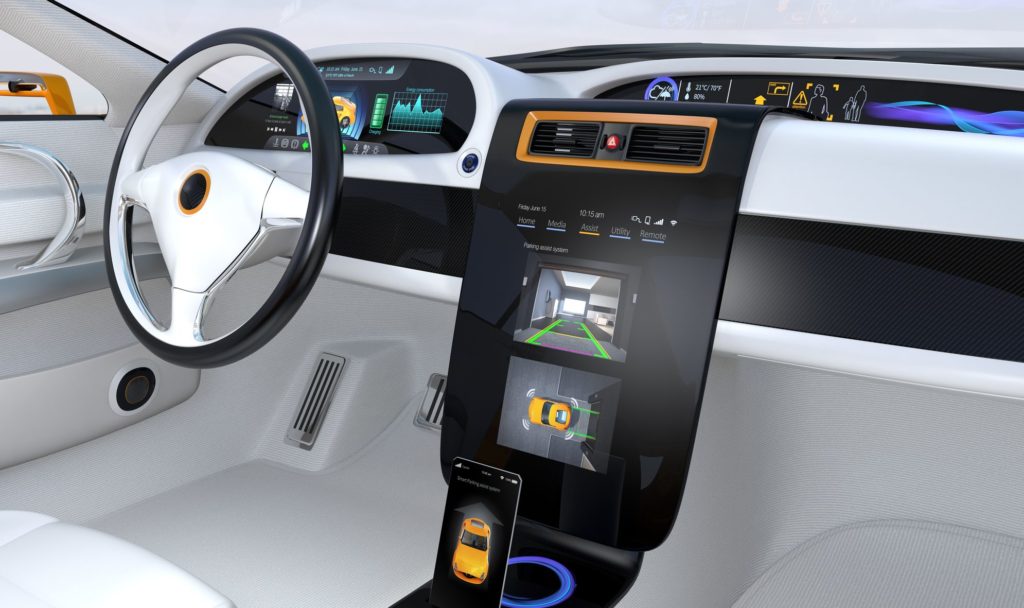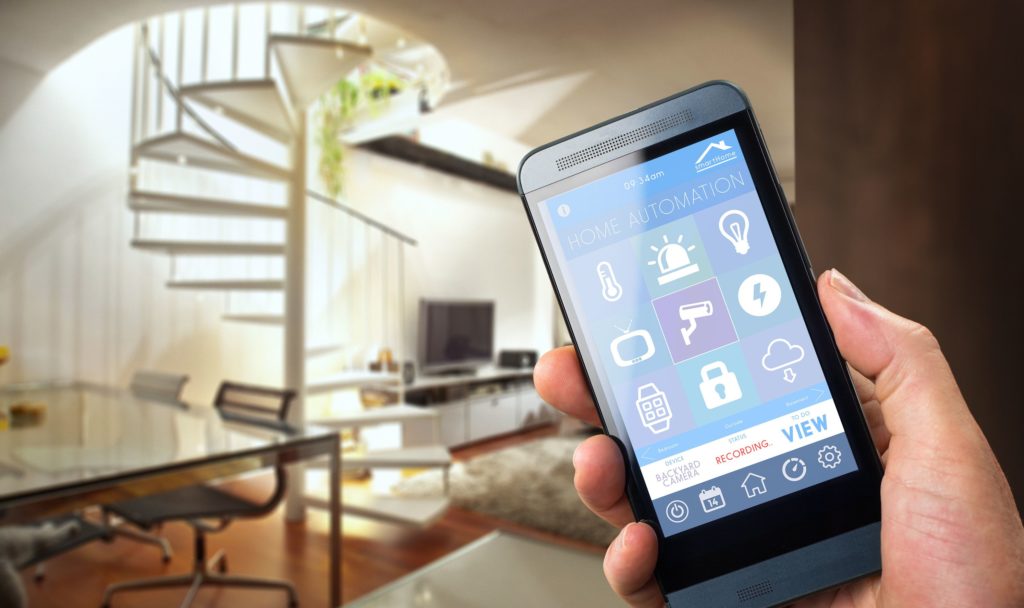Internet of Things (IoT) will be a massive driver of growth in the coming years. Many economic figures provided by various analysts predict that the IoT market will grow up to 30 billion connected devices and up to $5 trillion by 2020.
The purpose of IoT is to improve the quality of life and to enrich the user experience of consumers, as IoT provides smart living in a connected world. However, security concerns and privacy risks are among the top 3 barriers to purchasing an IoT device. In addition, cybersecurity is the top obstacle to IoT deployment in enterprises.
As the number of connected IoT devices constantly increases, security concerns are exponentially multiplied. A growing number of attacks from hackers are directed at multiple devices, in automotive, medical and energy domains. Moreover, the year 2016 was particularly marked by “denial of service” attacks, especially through proliferation of botnets.
Investment in IoT security is lacking greatly, leaving too many flaws and vulnerabilities for hackers to exploit. In order to resist against these risks, security and privacy must be built-in from the start during architecture and design phases, and implemented end-to-end throughout the entire device lifecycle and across the entire ecosystem.
SECURITY PROPERTIES
- Authenticity asserts the truthful origin or identity of devices, software, services and information to prevent cloning and impersonation.
- Confidentiality ensures that sensitive information is not disclosed to unauthorized devices, software, services or people.
- Integrity verifies the correctness and completeness of devices, software, services and information.
- Availability guarantees that devices, software and services are accessible when needed, to avoid any operational or functional interruption.
- Safety aims at detecting dangers that can turn into a menace to people, properties or goods, and take action to prevent any hazards. Safety relies particularly on authenticity, integrity and availability.
- Privacy aims at protecting individuals’ identity and their personal data. Privacy relies particularly on authenticity and confidentiality.
- Regulation is necessary due to the global nature of Mobile and IoT markets. Devices, software and services need to comply with international, national and regional laws or recommendations, in terms of security.
For a smart living in a connected city environment where each citizen’s safety and privacy are protected
- Smart urban planning enables gathering data about the city, pedestrians and vehicles to efficiently and securely manage traffic, surveillance, street lighting, temperature, waste, etc. The result is an optimization of safety, comfort and cost, while protecting individuals’ privacy.
- Smart objects can sense the environment and communicate with each other and with people. Thus they can help to understand the environment complexity and respond to it effectively. Data and its processing must be protected against malicious attackers.
- Real-time data monitoring enables the detection of hazardous conditions, leading to corrective actions in line with pre-defined policies. Protection of privacy and safeguard against hackers and terrorists must be guaranteed.
- Smart sporting and cultural events enrich entertainment experience, while assuring the participants’ safety.

Connected, automated vehicles enhance travelers’ comfort while guaranteeing safety and preventing failures
- Smart car sensors detect collisions and are able to initiate emergency service calls in case of accidents. Many car buyers consider connectivity a more important feature than engine power or fuel efficiency.
- Intelligent public and personal transportation can be greatly improved through the use of sensors and smart systems embedded in vehicles, traffic infrastructure, parks, railways, etc. in order to increase travellers’ safety and comfort.
- Safety of automated vehicles must be developed and promoted as AAA studies show that 75% of Americans are afraid of getting driven by autonomous cars.
- Smart logistics optimize container management, routes and deliveries based on inventories, traffic and persons’ availability, thus enhancing protection of goods and people.

Enrich residents’ interaction with multimedia and other home appliances while protecting their safety and privacy
- Consumers are more likely to acquire premium smart home devices that offer safety and privacy, in addition to their core functional capabilities.
- Smart meters allow an accurate billing, a personalized analysis of consumption, and a secure management of energy devices.
- Home automation provides complete control of one’s house (entries, heating, cooling, lighting, appliances, etc.) while preventing access to intruders and protecting users’ privacy.
- Mutual authentication between home devices and remote services warrants that the right devices/users access the correct corresponding services.
- Confidentiality and integrity of data exchanged between home devices, or between a device and the cloud, must be protected through secure communication.

Create a better and safer manufacturing with secure Industrial IoT systems and networks to control the end-to-end process
- Protection of the whole manufacturing environment from inside and outside threats eliminates risks associated with:
- Employee safety and health
- Environmental conditions
- Access to buildings and equipment
- Usage of liquids, gas, radiation and other dangerous materials
- Information exchange in the manufacturing line
- Safeguarding process automation and factories allow machines and robots to communicate reliably and securely with remote control units, enabling flexible and highly efficient production
- Smart logistics enable tracking the flow of goods from raw material to finished products, improving inventory, planning and transport, particularly through the use of automated guided vehicles
- Remote robot control permits to execute manufacturing operations securely, especially in sensitive or hazardous conditions, and to provide pro-active maintenance by identifying issues and defects in real-time


